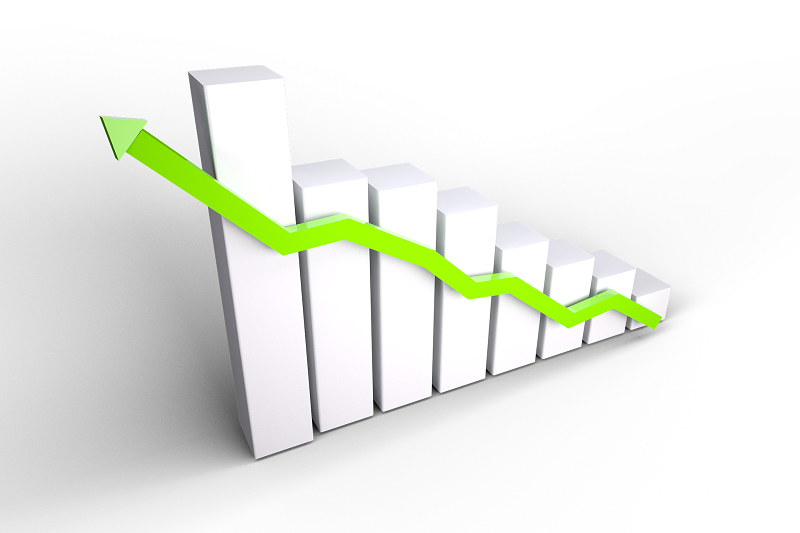

Forecasting is integral to business planning and decision-making, offering valuable insights into future trends, demands, and outcomes. It encompasses the prediction of forthcoming events, conditions, or results through the analysis of historical data, trends, and statistical methods. This article delves into the significance of forecasting in business, its methodologies, and its diverse applications across different industries.
Forecasting serves as a crucial tool for businesses to anticipate and prepare for future challenges and opportunities. By forecasting demand, sales, revenues, expenses, and other key performance indicators (KPIs), businesses can make informed decisions regarding resource allocation, production planning, inventory management, and strategic investments.
Using a warehouse management system can help to collect much of the data that might be needed to predict product demand. Additionally, forecasting enables businesses to identify potential risks and uncertainties, allowing them to develop contingency plans and mitigate adverse effects on operations and profitability.
There are several methods of forecasting used in business, each with its advantages, limitations, and applications. Commonly used forecasting methods include:
Time Series Analysis: Time series analysis entails the examination of past data to discern patterns, trends, and seasonality. Techniques like moving averages, exponential smoothing, and trend analysis are employed to predict forthcoming values by drawing insights from previous observations.
Regression Analysis: Regression analysis examines the relationship between one or more independent variables and a dependent variable to predict future outcomes. It’s commonly used in sales forecasting, demand forecasting, and financial forecasting to identify factors that influence the variable of interest.
Market Research and Surveys: Market research and surveys involve gathering data from customers, stakeholders, and industry experts to assess market trends, preferences, and demand drivers. Qualitative and quantitative research methods, such as focus groups, interviews, and questionnaires, are used to gather insights for forecasting future market conditions and consumer behavior.
Economic Indicators: Economic indicators, such as GDP growth, inflation rates, and unemployment rates, are used to forecast broader economic trends and their impact on businesses and industries. By monitoring leading indicators and economic forecasts, businesses can anticipate changes in consumer spending, business investment, and market conditions.
Forecasting finds applications across various functions and departments within organizations, including:
Sales and Demand Forecasting: Sales and demand forecasting help businesses to anticipate customer demand, plan production schedules, and optimize inventory levels. By forecasting sales trends and demand patterns, businesses can ensure adequate stock levels, minimize stockouts, and avoid excess inventory costs.
Financial Forecasting: Financial forecasting involves predicting future financial performance, including revenues, expenses, cash flows, and profitability. Financial forecasts are used for budgeting, financial planning, investment decision-making, and securing financing from investors or lenders.
Supply Chain Management: Forecasting is essential for optimizing supply chain operations, including procurement, production, and distribution. By forecasting demand and supply trends, businesses can coordinate production schedules, manage supplier relationships, and optimize logistics to ensure timely delivery of products to customers.
Strategic Planning: Forecasting informs strategic planning initiatives by providing insights into future market conditions, competitive dynamics, and growth opportunities. By incorporating forecasts into strategic decision-making processes, businesses can develop long-term growth strategies, allocate resources effectively, and stay ahead of competitors in dynamic market environments.
Forecasting is a critical component of business planning and decision-making, enabling organizations to anticipate future trends, risks, and opportunities. By leveraging historical data, statistical analysis, and market insights, businesses can forecast sales, demand, financial performance, and other key variables to inform strategic decisions and improve operational efficiency.
Whether it’s used for sales forecasting, financial planning, supply chain management, or strategic planning, forecasting helps businesses to navigate uncertainty and achieve their objectives in today’s competitive marketplace.
Having a pre-approval credit card is, in many ways, like having a financial safety net.…
Dubai is one of the fastest-growing cities in the world and is known for being…
Key Takeaways: Transform your home into a winter wonderland with innovative lighting ideas. Use sustainable…
Ross Dress for Less, commonly known as Ross, is a popular American chain of off-price…
Home lifts, home elevators, and residential lifts are all terms we use interchangeably for a…
Investing in the stock market has become more accessible than ever before. Buying stocks used…